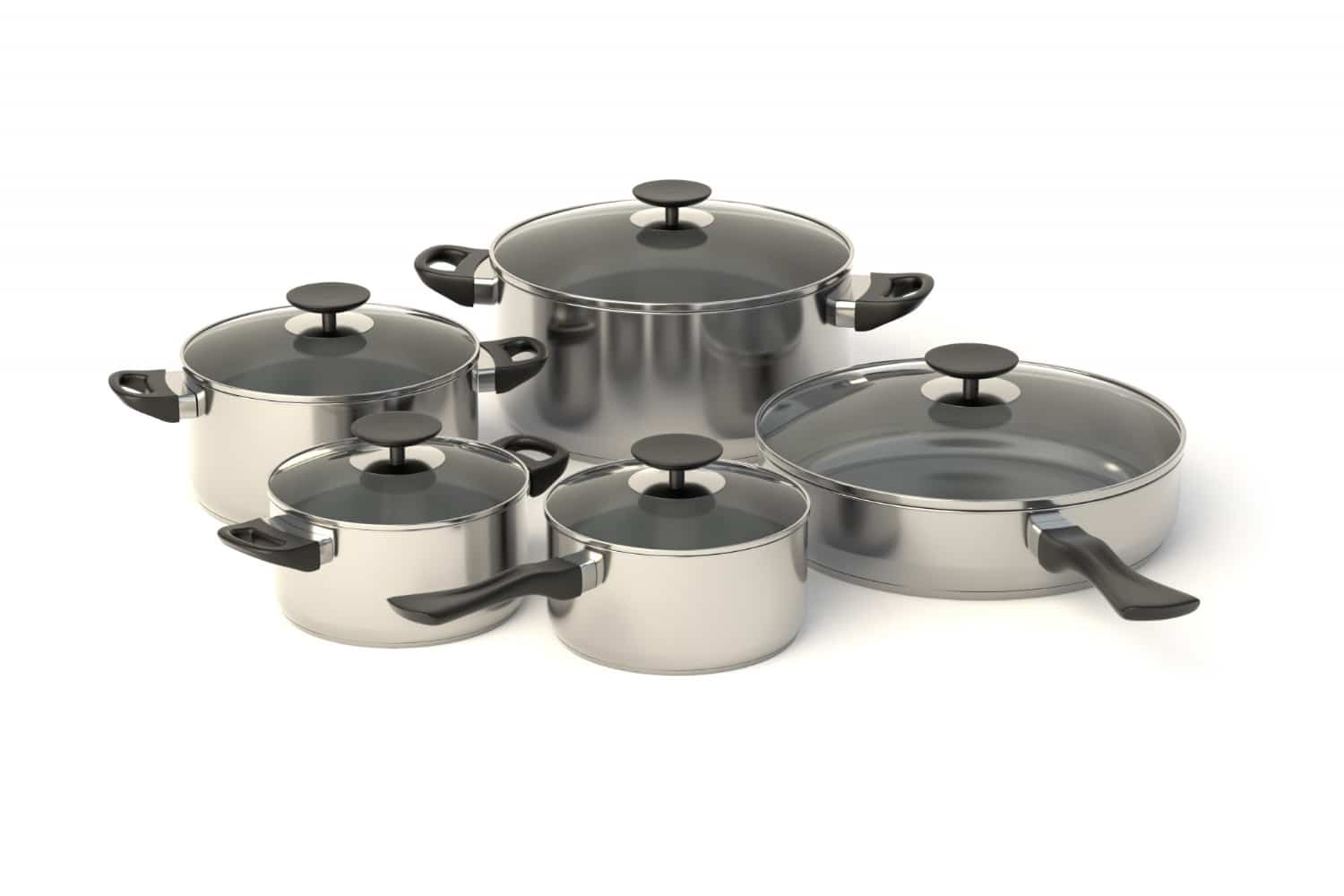Dutch oven and saucepan are two of the most commonly used cookware inside the kitchen. You can easily distinguish these two pieces of equipment just by looking at their appearance. The saucepan has smaller built and one long handle used to lift the cookware. Dutch oven, however, has a larger built and is shaped like a pot—and made with two handles.
With that considered, all you need to know is how this cookware is used. It will provide the required information for you to prepare your food using the right kitchen equipment. Aside from their apparent differences, we can trace their similarities, too.
What is the Difference Between a Saucepan and a Dutch Oven?
A saucepan is a staple kitchen tool worldwide, and it is known for its heat retention properties. The relatively small base has long walls and even a heat core at the bottom, while the sides help distribute the heat faster. Sauces, gravies, jams, and stocks can be cooked effectively inside a saucepan.
Stainless steel is a commonly used material in creating a saucepan. Professional cooks use this material due to its spectacular heat conductivity, retention, and evenness. Unlike other metals, stainless steel is easier to clean—and can be placed inside a dishwasher without rusting or warping.
On the other hand, Dutch ovens are pot-shaped cast-iron cookware that can withstand extreme heat levels. It is a piece of excellent all-purpose cooking equipment and can be used on any heat source, even an oven. Unlike stainless steel, a Dutch oven can endure prolonged, straining hours inside the oven without melting or cracking.
Cast-iron is a durable metal and has a melting point of 1204°C (2200°F), making it the most dependable cookware for baking. However, a non-coated Dutch oven is reactive—and can melt with food’s natural acids (vinegar, citrus, tomatoes). This will leave an unwanted metallic taste to your meal.
Can You Use a Saucepan Instead of a Dutch Oven?
Deciding when to use a saucepan instead of a Dutch oven depends on your specific cooking needs. Listed below are some circumstances wherein you can select the appropriate kitchen equipment for your cooking task.
- Both of the cookware can cook stews, soups, and other liquid-based cooking. However, if you need to place your cookware inside the oven, using a Dutch oven is the best choice.
- If you are cooking sauces and stews with high-acid content (like tomato-based soups and stocks), consider using a saucepan instead. Stainless steel doesn’t react with acids, unlike cast-iron cookware.
- If you need to place your acidic sauce inside the oven, consider using an enamel-coated Dutch oven. Enamel can repel food acids from penetrating the cast iron’s surface.
- Cleaning your cookware can be straining with the Dutch oven since this material can corrode while inside the dishwasher. It can only be washed by hand. Minimal dishwashing liquid must be used on cast-iron cookware, for it can strip away the cookware’s natural coating.
- You can freely place your stainless-steel saucepan inside the dishwasher. If you are using a tempered glass lid, you can also set it inside the dishwasher. However, due to its small size, you might consider using a stockpot for large-batch cooking.

